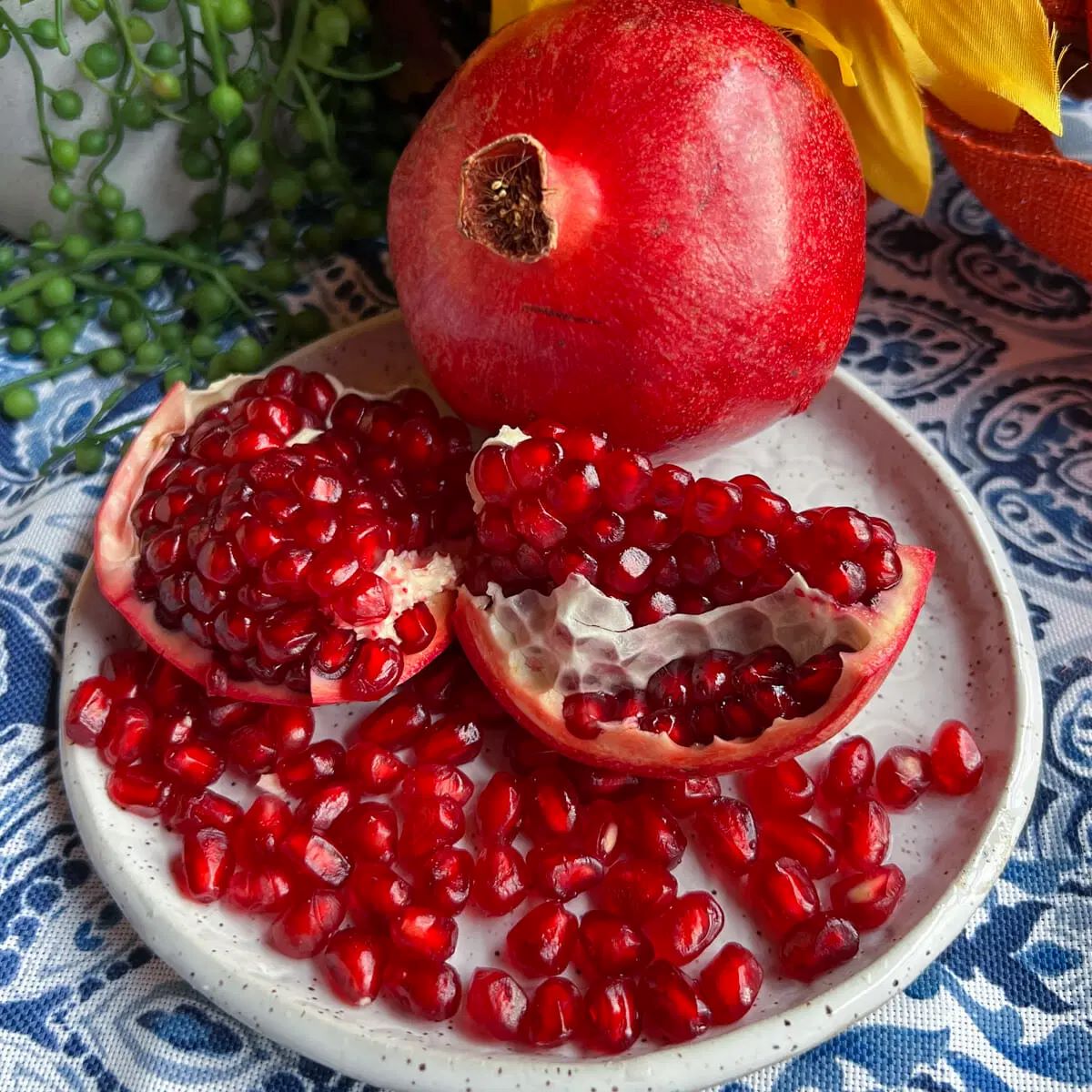

Articles
How To Store Fresh Pomegranate Seeds
Modified: February 25, 2024
Learn how to properly store fresh pomegranate seeds to keep them fresh and delicious. Discover helpful tips and techniques in this informative article.
(Many of the links in this article redirect to a specific reviewed product. Your purchase of these products through affiliate links helps to generate commission for Storables.com, at no extra cost. Learn more)
Introduction
Fresh pomegranate seeds are a delicious and nutritious treat that can be enjoyed on their own or used as a topping in many dishes. Packed with antioxidants, vitamins, and fiber, these vibrant and juicy seeds are not only a delight for the taste buds but also offer numerous health benefits.
To fully enjoy the freshness and flavor of pomegranate seeds, proper storage is essential. Whether you have just harvested pomegranates from your garden or bought them from the grocery store, knowing how to store fresh pomegranate seeds is crucial to maintain their taste, texture, and nutritional value.
In this article, we will guide you through the step-by-step process of storing fresh pomegranate seeds so that you can enjoy their freshness for an extended period.
Key Takeaways:
- Choose ripe, firm, and deep red pomegranates for juicy and flavorful seeds. Extract, clean, and store them in the fridge to enjoy their freshness and nutritional benefits for up to 3-4 days.
- Properly store fresh pomegranate seeds in an airtight container with a paper towel, label with the storage date, and consume within 3-4 days for the best taste and quality. Check for spoilage regularly to ensure freshness.
Read more: How Many Pomegranate Seeds In A Pomegranate
Step 1: Choosing the right pomegranate
The first step in storing fresh pomegranate seeds is to choose the right pomegranate. Selecting a ripe and high-quality pomegranate will ensure that the seeds are juicy and flavorful.
When choosing a pomegranate, look for ones that are firm and heavy for their size. Avoid pomegranates that have any bruising, cracks, or soft spots. These could indicate that the pomegranate is overripe or damaged, and the seeds inside may not be in good condition for storage.
Additionally, the color of the pomegranate can provide a clue to its ripeness. A ripe pomegranate should have a rich, deep red or burgundy color. Avoid pomegranates that are still predominantly yellow or have patches of green, as they may not have fully matured.
Size is also an indicator of quality. Larger pomegranates often have more abundant and plump seeds, making them ideal for storing. However, smaller pomegranates can also be just as delicious, so it ultimately comes down to personal preference.
Lastly, if possible, try to choose organic pomegranates. Organic varieties are grown without the use of synthetic pesticides or fertilizers, which can be beneficial for both your health and the environment.
By selecting the right pomegranate, you can ensure that the seeds you extract and store will be of the highest quality, maximizing their flavor and nutritional benefits.
Step 2: Cutting and separating the pomegranate
Once you’ve chosen the perfect pomegranate, it’s time to cut and separate the seeds. This step can be a bit messy, so be sure to work on a cutting board or a surface that can be easily cleaned up.
Start by cutting off the crown of the pomegranate, where the stem is attached. Then, make shallow cuts along the ridges of the pomegranate, from top to bottom. This will help you to separate the pomegranate into sections.
Gently pull apart the pomegranate sections, using your fingertips or a knife to loosen any stubborn connections. Be cautious not to squeeze or press too hard, as this can cause the seeds to burst and lose their juice.
Once the pomegranate is divided into sections, hold each section over a bowl or a clean surface, cut side down. Use a wooden spoon or the back of a spoon to gently tap the outer skin of the pomegranate. This will loosen the seeds and allow them to fall out.
Continue tapping all sides of the pomegranate until all the seeds have been extracted. If any seeds remain stubbornly attached, carefully remove them with your fingers or a small spoon.
Repeat this process for all the pomegranate sections until all the seeds have been separated.
It’s important to note that extracting pomegranate seeds can be a time-consuming process. However, the effort is well worth it, as freshly extracted seeds have a superior taste compared to pre-packaged or store-bought seeds. Plus, you have the added benefit of controlling the quality and freshness of the seeds when you extract them yourself.
Now that you have your fresh pomegranate seeds ready, it’s time to move on to the next step: cleaning them to ensure they are free from any debris or residue.
Step 3: Extracting the seeds
Extracting the seeds from a pomegranate can seem like a daunting task, but with a few simple techniques, it becomes much easier and less time-consuming. Here is a step-by-step guide to help you extract the seeds efficiently:
- Fill a large bowl with cold water. This will help prevent splattering and make it easier to separate the seeds.
- Start by cutting off the crown of the pomegranate, where the stem is attached.
- Make shallow cuts along the ridges of the pomegranate, from top to bottom. Depending on the size of the pomegranate, you may need to make 4 to 6 cuts.
- Gently pull apart the pomegranate sections, using your fingertips or a knife to loosen any stubborn connections.
- Place one pomegranate section at a time in the bowl of water.
- Submerge the pomegranate section and use your fingers to gently separate the seeds from the pith. The seeds will sink to the bottom of the bowl, while the pith will float to the surface.
- Continue this process for all the pomegranate sections, ensuring that all the seeds are separated from the pith and collected at the bottom of the bowl.
- Once all the seeds have been extracted, carefully pour out the water, taking care not to lose any seeds.
By using the water method, you can easily separate the seeds from the pith without the need for tedious manual extraction. This technique also helps to keep the seeds intact and prevents them from getting crushed or damaged.
Now that you have successfully extracted the fresh pomegranate seeds, it’s time to move on to the next step: cleaning them to ensure they are free from any debris or residue.
To store fresh pomegranate seeds, place them in an airtight container and store in the refrigerator for up to 5 days. You can also freeze them in a single layer on a baking sheet, then transfer to a freezer bag for longer storage.
Step 4: Cleaning the seeds
After extracting the fresh pomegranate seeds, it’s important to clean them thoroughly to remove any debris or residue that may be present. Cleaning the seeds ensures that they are safe to consume and prolongs their freshness. Follow these steps to clean the pomegranate seeds:
- Place the extracted pomegranate seeds in a colander or sieve.
- Rinse the seeds under cold running water, gently tossing them with your fingers. This will help remove any remaining bits of pith or membrane.
- Inspect the seeds as you rinse them, removing any discolored or damaged seeds.
- Once you have rinsed and inspected the seeds, transfer them to a clean kitchen towel or paper towels.
- Gently pat the seeds dry with the towel to remove excess moisture. Be careful not to crush or damage the seeds in the process.
- Spread the seeds out on the towel or paper towels and allow them to air dry for a few minutes. This will further ensure that the seeds are fully dry before storing them.
It’s important to note that drying the seeds thoroughly before storing them is crucial. Any residual moisture can promote the growth of mold or cause the seeds to become soggy and lose their freshness.
Once you have completed the cleaning process and ensured that the seeds are dry, you can move on to the next step: storing the fresh pomegranate seeds to maintain their flavor and quality over time.
Read more: How To Seed Pomegranate
Step 5: Storing the fresh pomegranate seeds
Now that you have harvested, separated, and cleaned the fresh pomegranate seeds, it’s time to store them properly to maintain their flavor and quality. Here are some guidelines to follow when storing fresh pomegranate seeds:
- Transfer the cleaned and dried seeds to an airtight container. This can be a sealable plastic bag, a glass jar, or a food storage container.
- For optimal freshness, place a paper towel or a clean, dry cloth at the bottom of the container. This will help absorb any excess moisture and prevent the seeds from becoming damp.
- Fill the container with the pomegranate seeds, ensuring they are evenly distributed and not packed tightly. Leaving some space in the container allows for proper air circulation, which helps to maintain the freshness of the seeds.
- Seal the container tightly to prevent any moisture or air from entering. This will help preserve the texture and flavor of the pomegranate seeds.
- Label the container with the date of storage. This will help you keep track of their freshness and ensure you use them within a reasonable timeframe.
- Store the container of pomegranate seeds in the refrigerator. The cool temperature will help slow down the deterioration process and extend their shelf life.
- When storing pomegranate seeds, try to consume them within 3-4 days for the best taste and quality. While they may be safe to eat for a longer period, their texture and flavor may start to decline after a few days.
By following these storage guidelines, you can enjoy the fresh and vibrant flavor of pomegranate seeds even after they have been removed from the fruit. Stored properly, they can be used as a topping for salads, desserts, or enjoyed on their own as a healthy and delicious snack.
Remember to periodically check the stored pomegranate seeds for any signs of spoilage, such as mold or off odors. If you notice any signs of spoilage, discard the affected seeds immediately to prevent contamination of the remaining seeds.
By storing the fresh pomegranate seeds properly, you can savor their taste and reap their nutritional benefits for an extended period of time.
Conclusion
Storing fresh pomegranate seeds properly is essential to maintain their flavor, texture, and nutritional value. By following the steps outlined in this article, you can ensure that your pomegranate seeds stay fresh and delicious for an extended period of time.
Remember to start by choosing ripe, high-quality pomegranates that are firm, heavy, and have a deep red color. Properly cutting and separating the pomegranate sections will help facilitate the extraction of the seeds without damaging them. Cleaning the seeds thoroughly, removing any debris or residue, is crucial for their safety and freshness.
Once the seeds are cleaned and dried, store them in an airtight container in the refrigerator. Be sure to label the container with the date of storage, and aim to consume the seeds within 3-4 days for the best taste and quality. Regularly check for any signs of spoilage and discard any seeds that show mold, off odors, or other signs of deterioration.
With proper storage, your fresh pomegranate seeds can be enjoyed as a nutritious snack or added to a variety of dishes to enhance their flavor and visual appeal. Their vibrant color and bursting flavor will add a delightful touch to your culinary creations.
So next time you have fresh pomegranate seeds on hand, follow these steps and enjoy the taste and benefits that these little gems have to offer. Happy storing and savoring!
Frequently Asked Questions about How To Store Fresh Pomegranate Seeds
Was this page helpful?
At Storables.com, we guarantee accurate and reliable information. Our content, validated by Expert Board Contributors, is crafted following stringent Editorial Policies. We're committed to providing you with well-researched, expert-backed insights for all your informational needs.
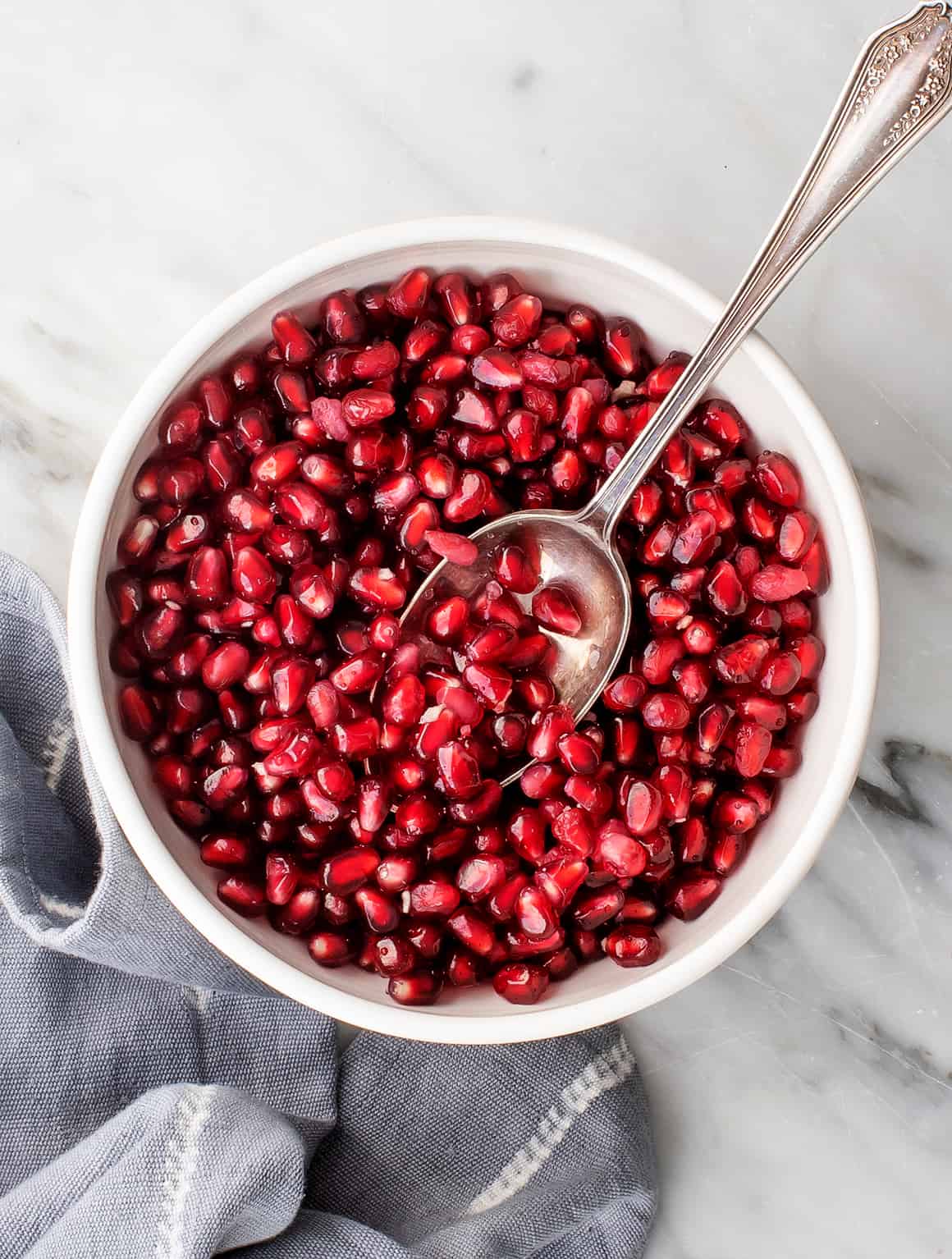
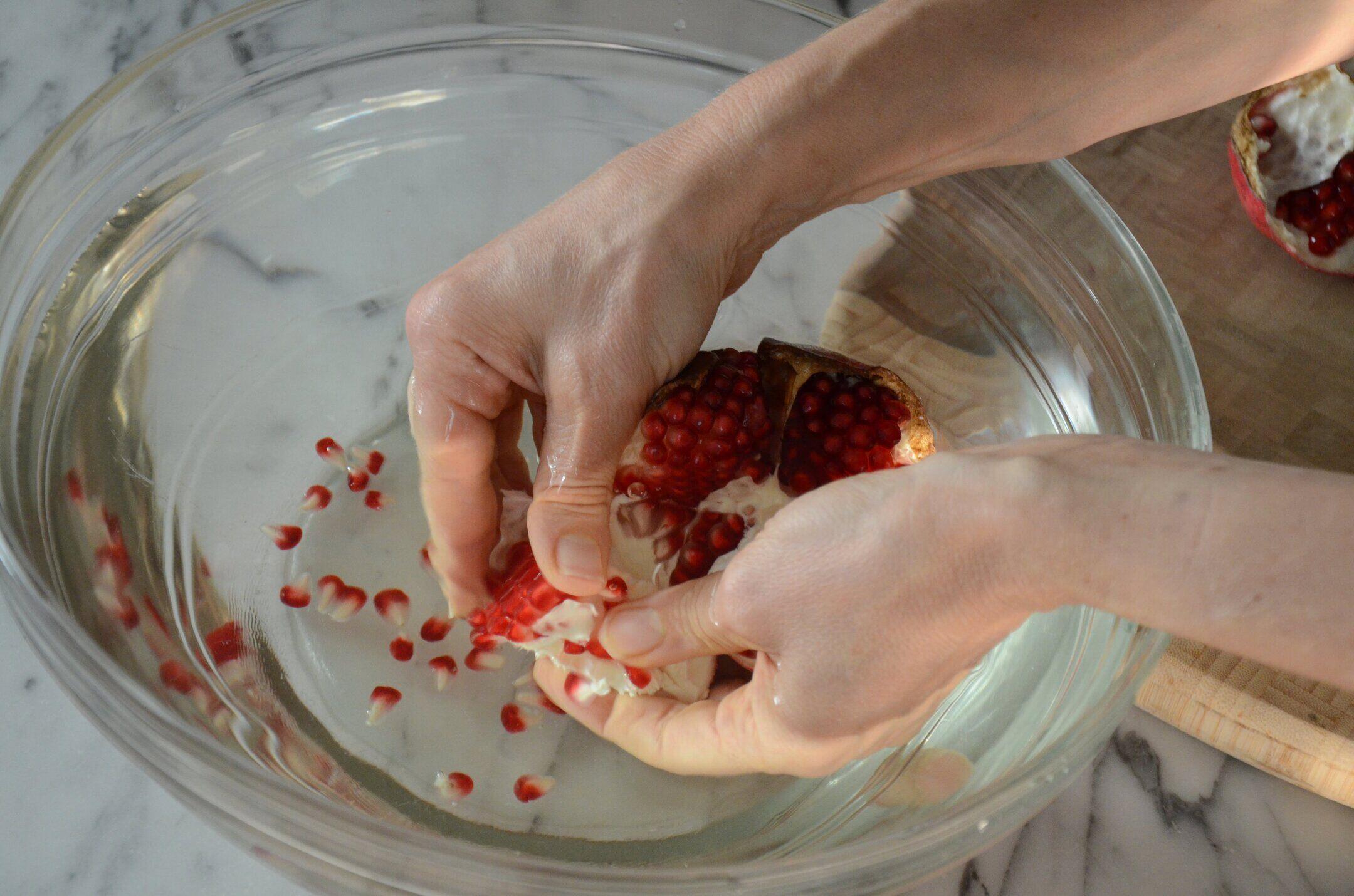
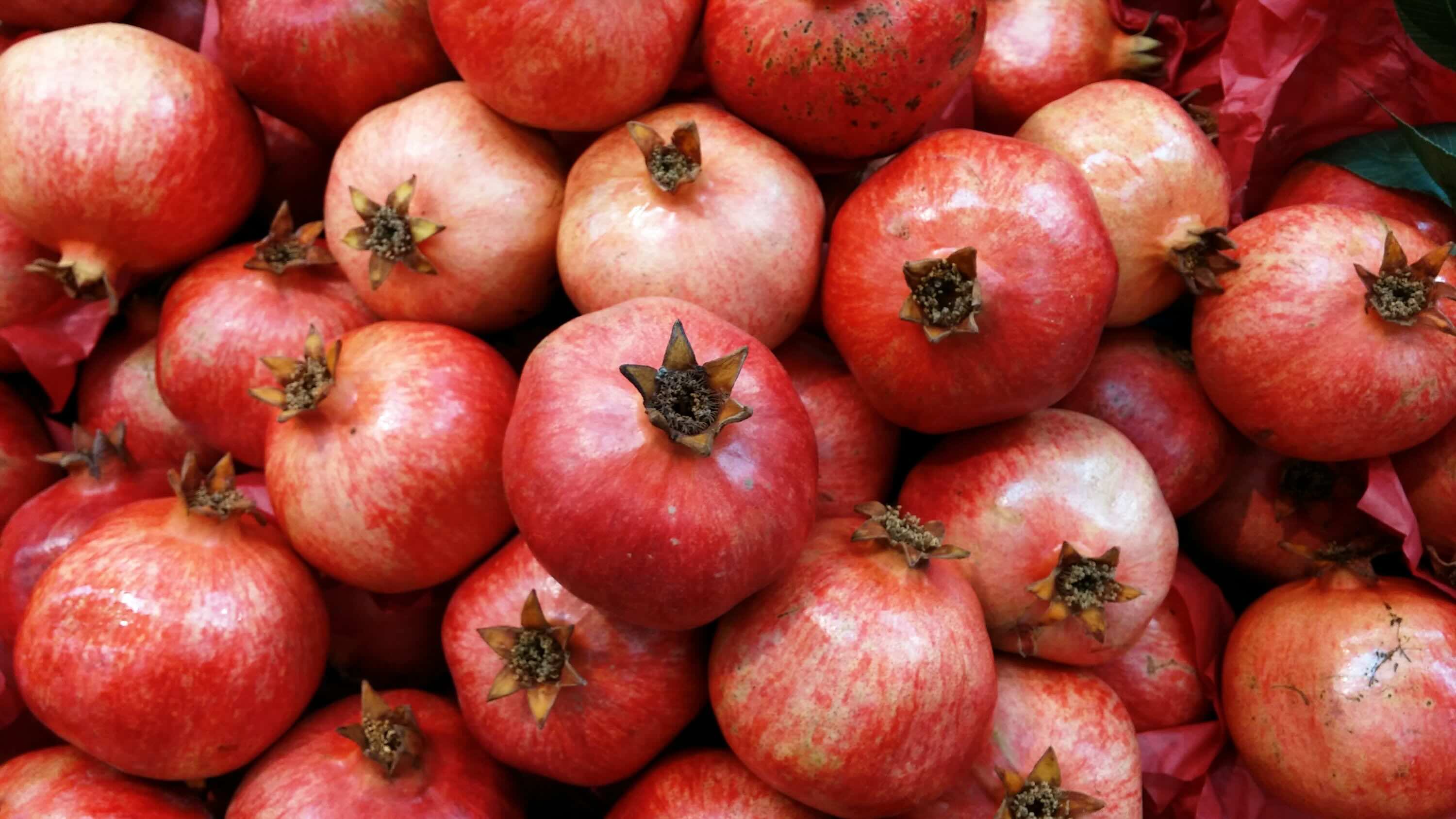
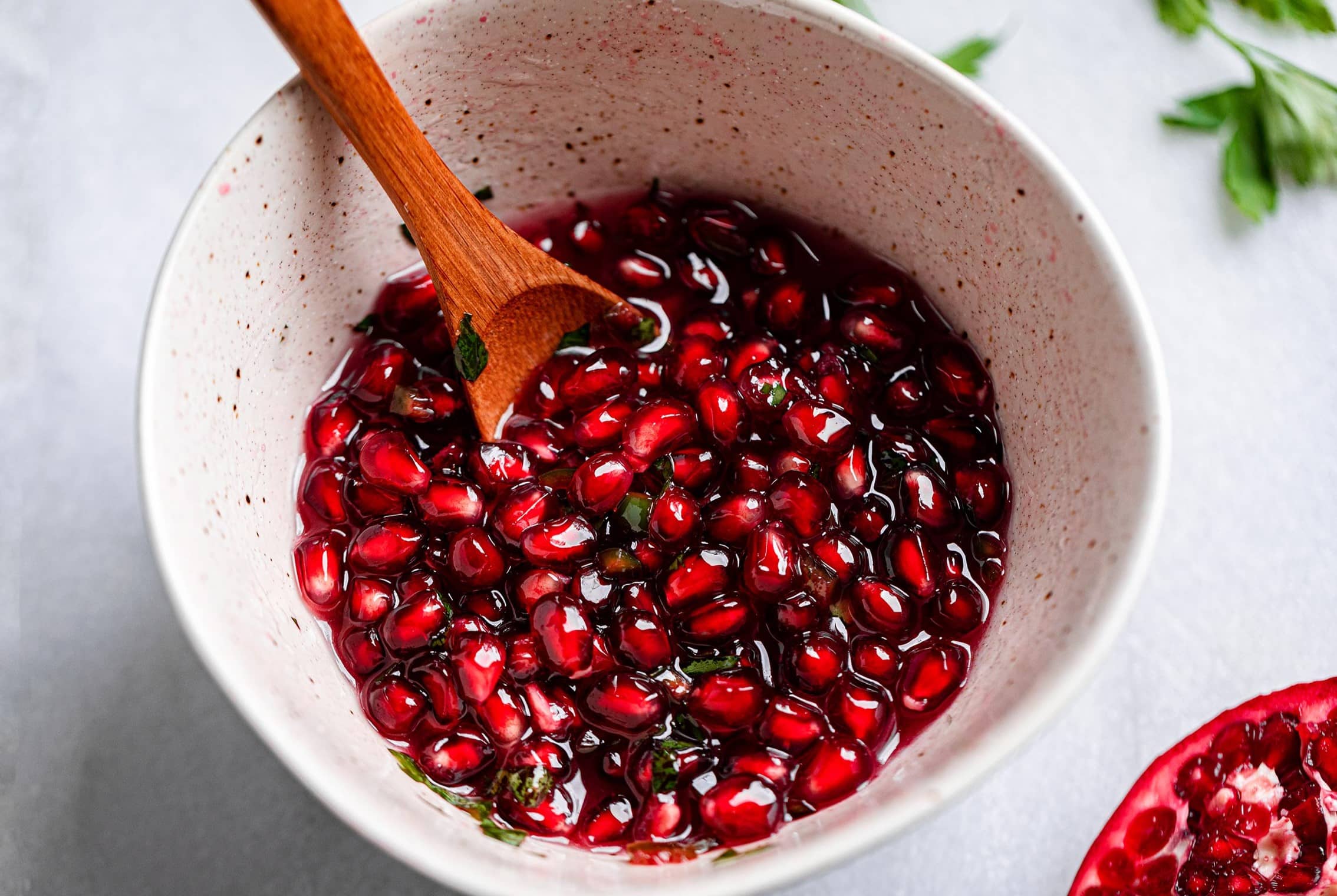
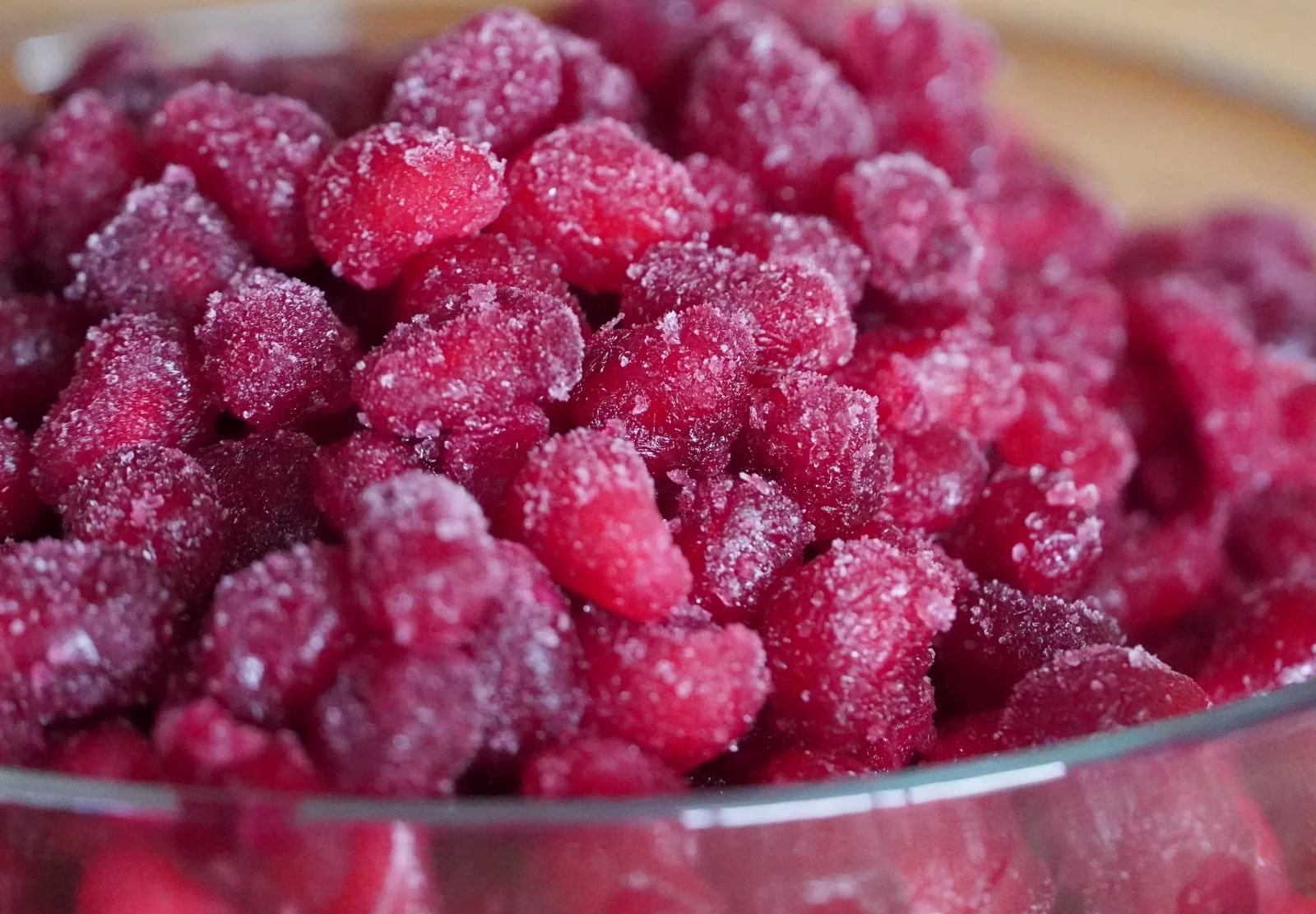
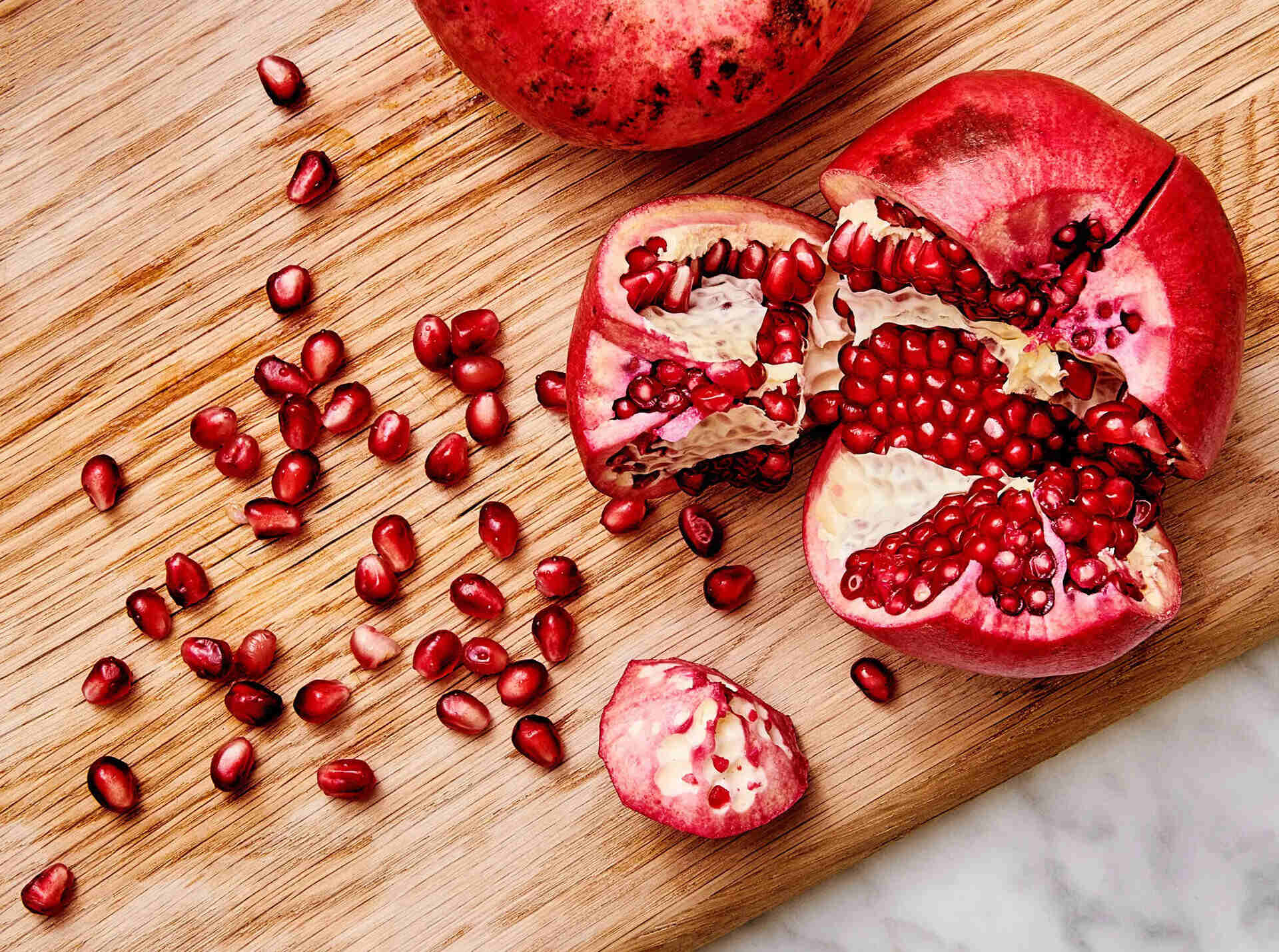

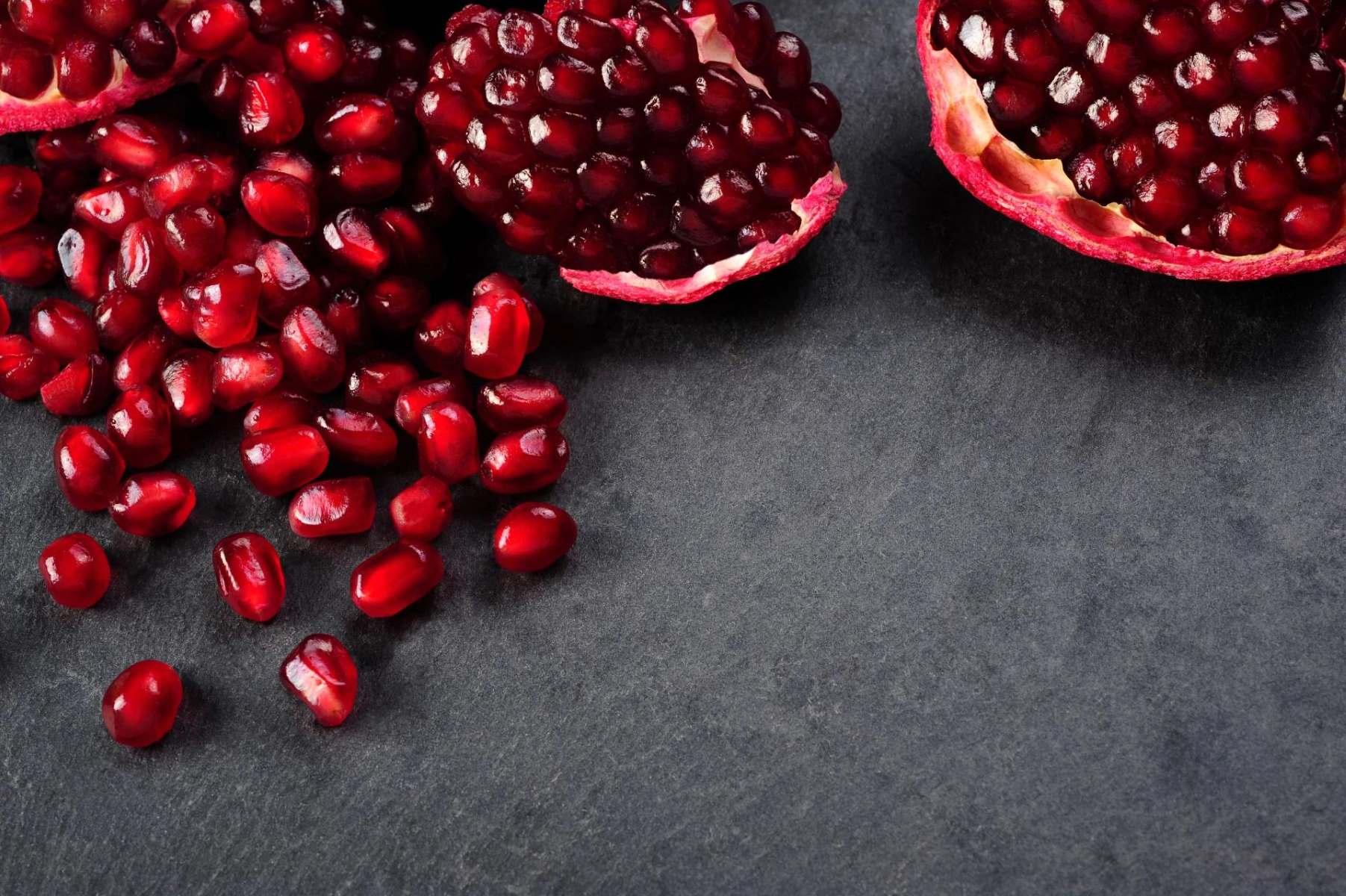
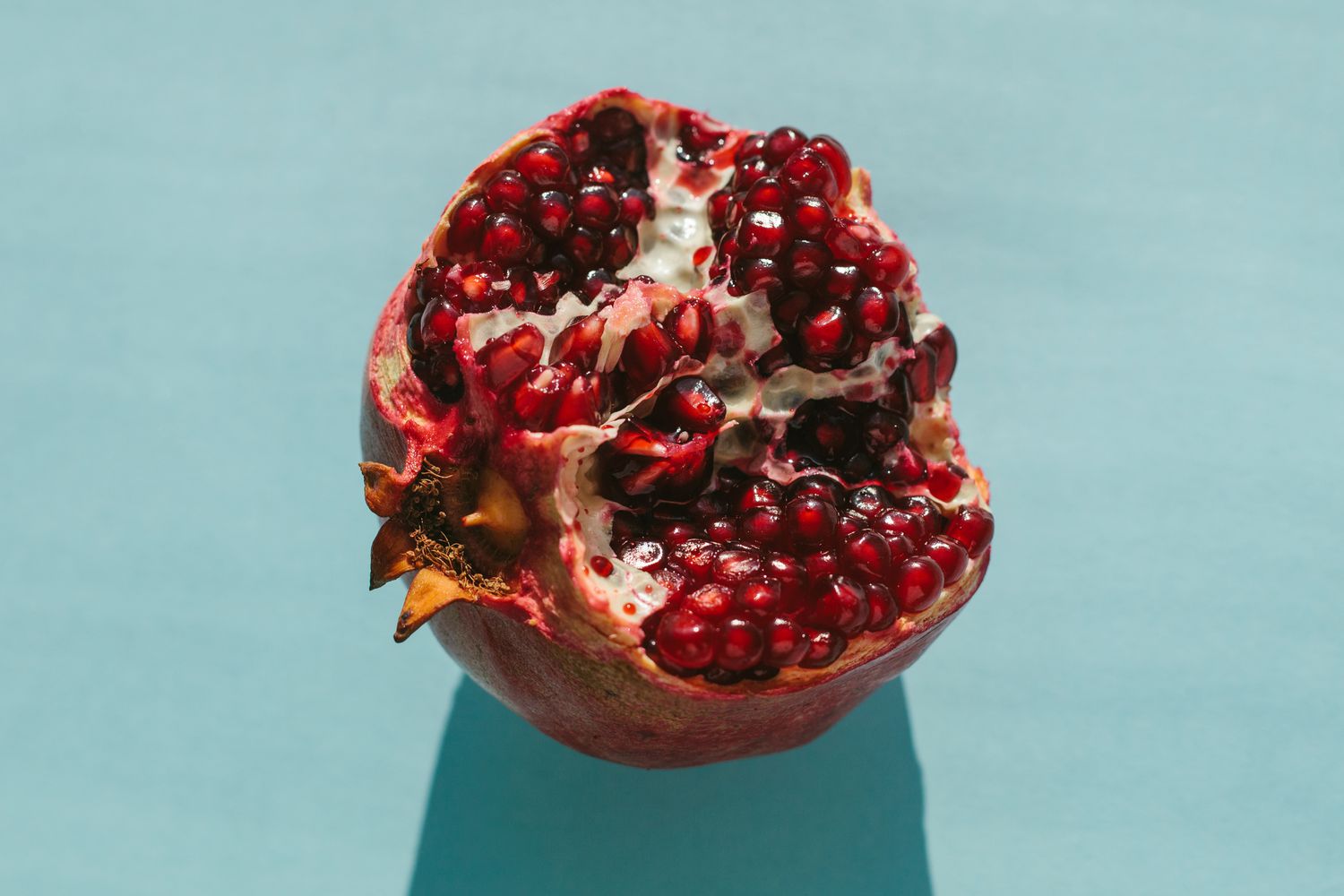
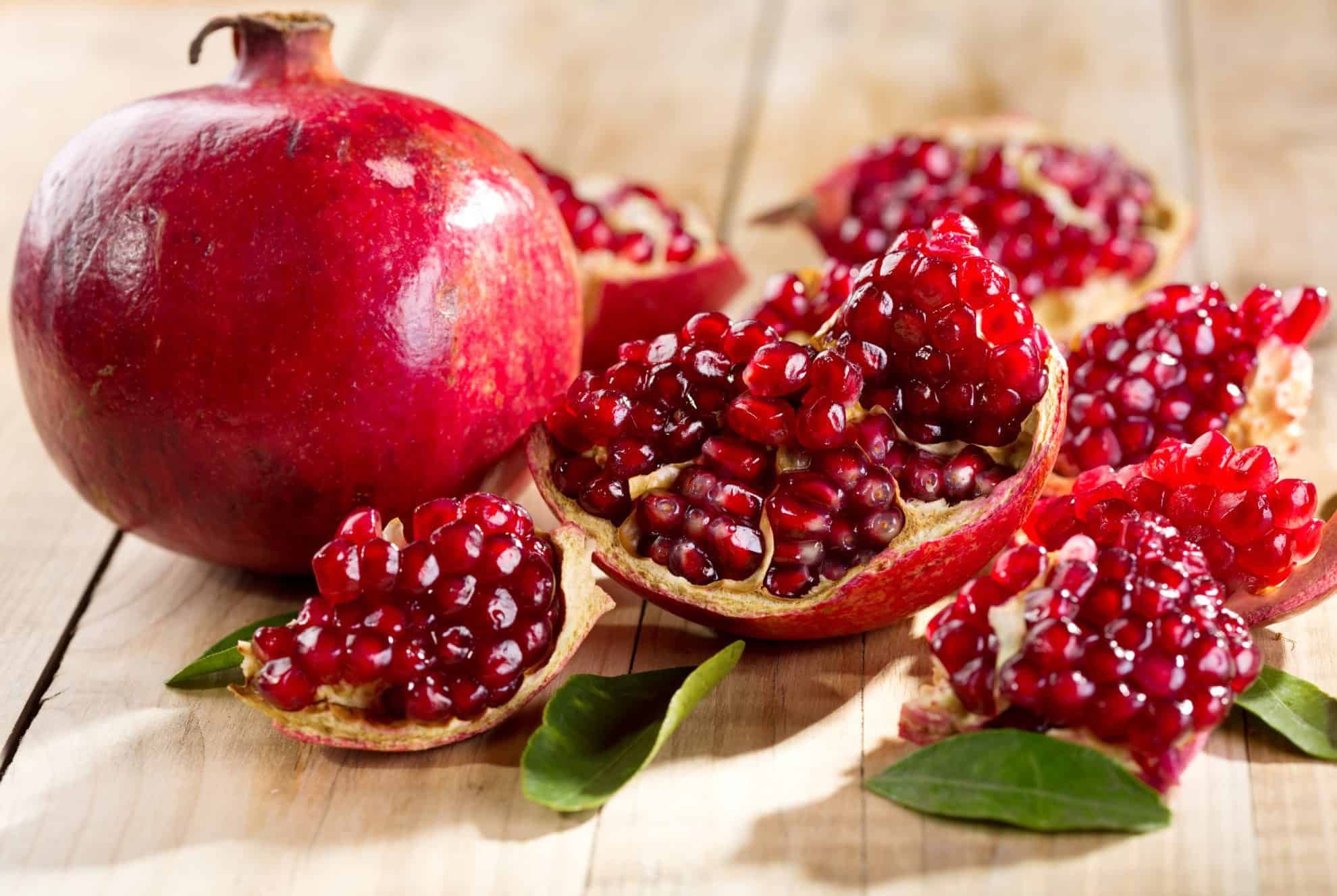
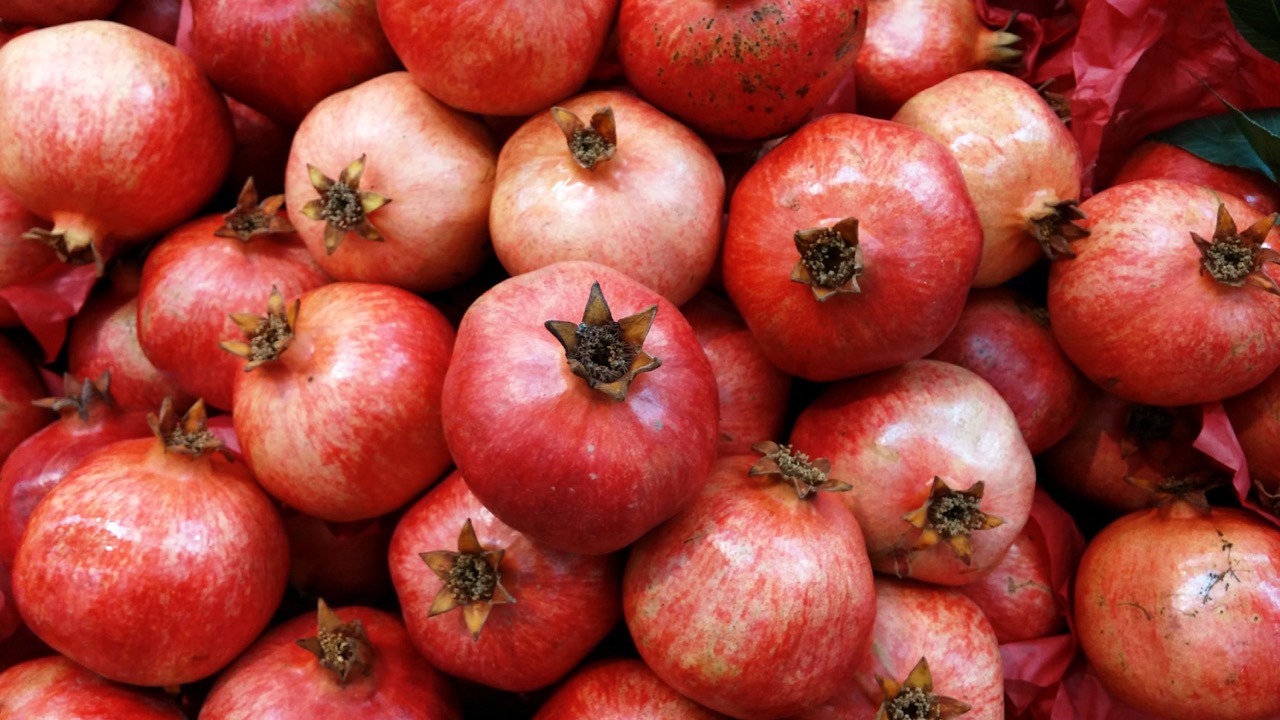
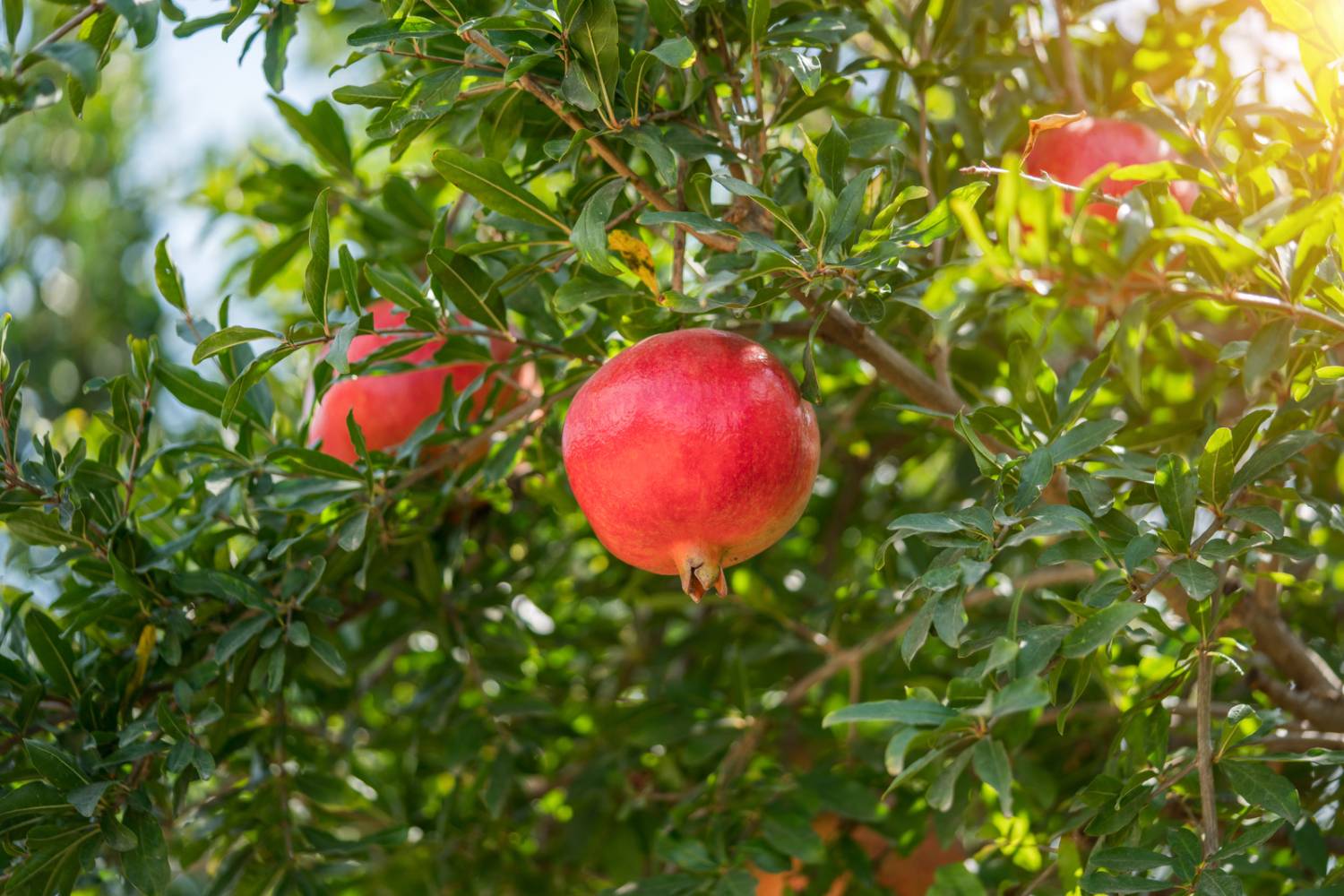
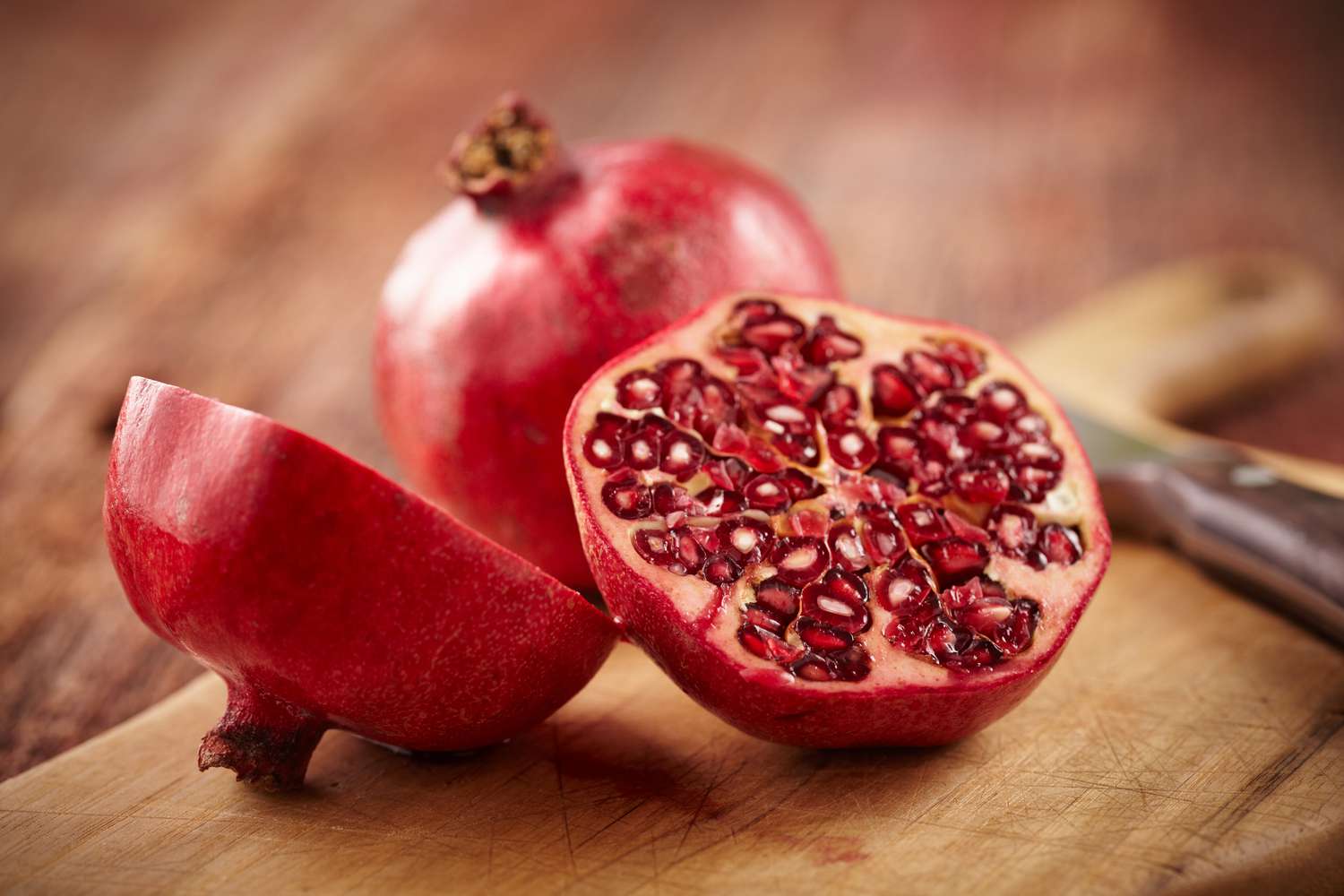
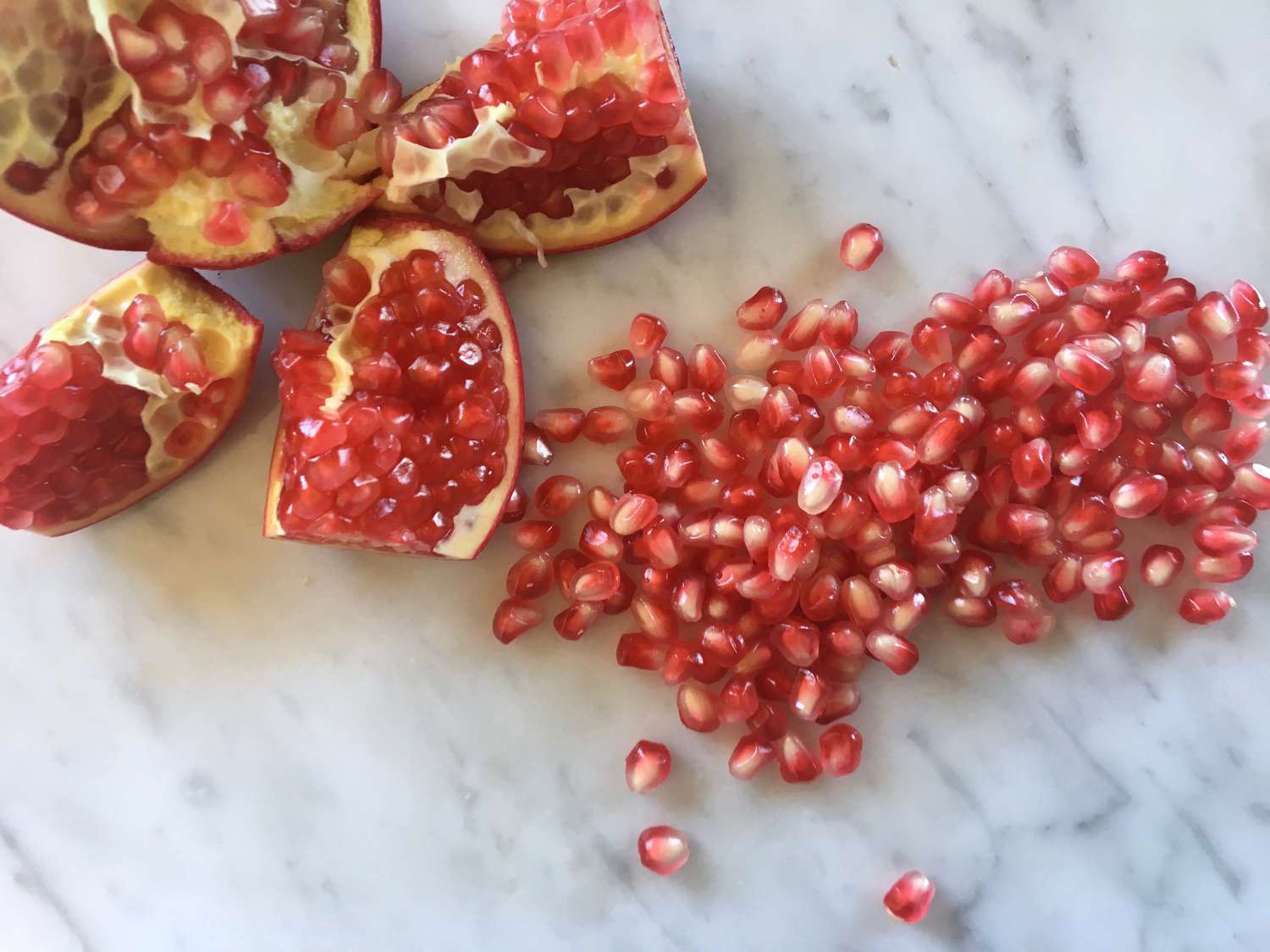

0 thoughts on “How To Store Fresh Pomegranate Seeds”